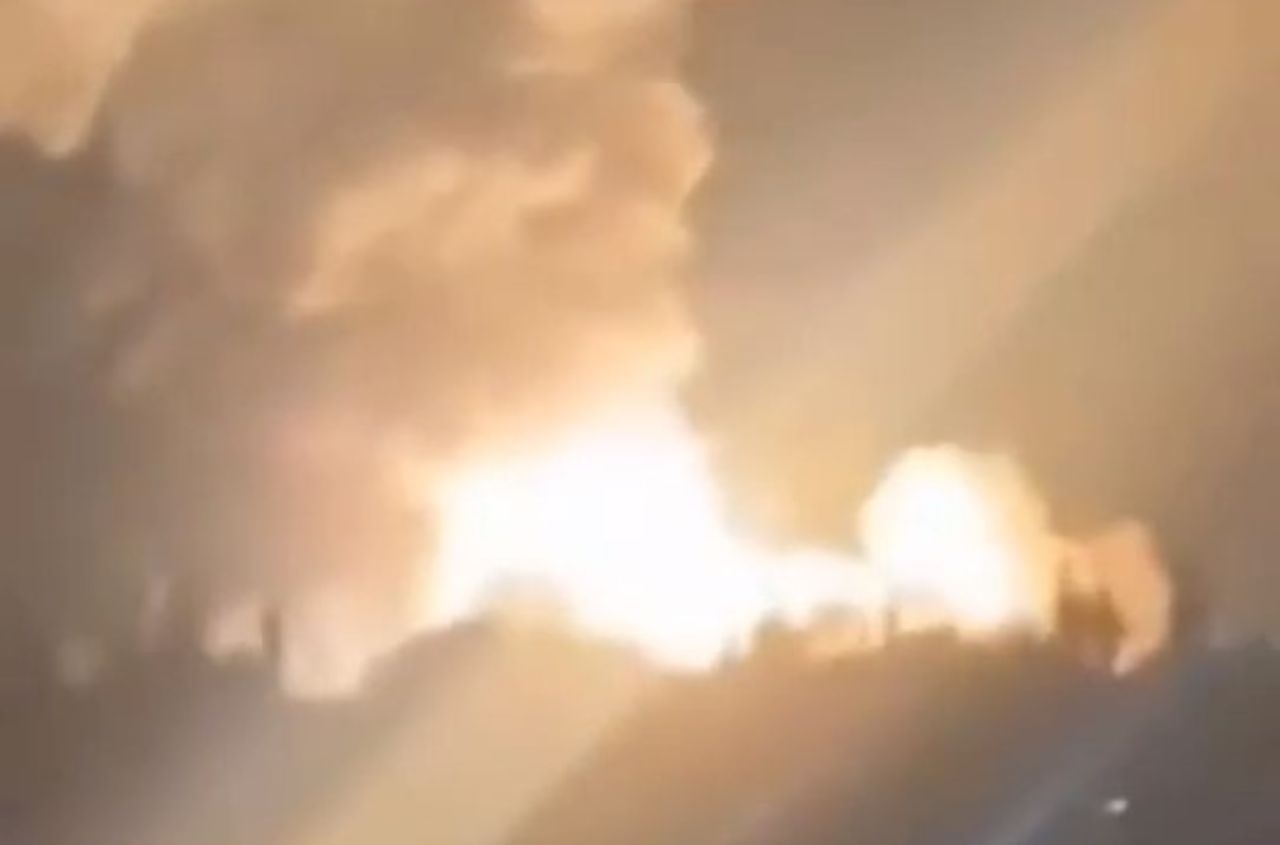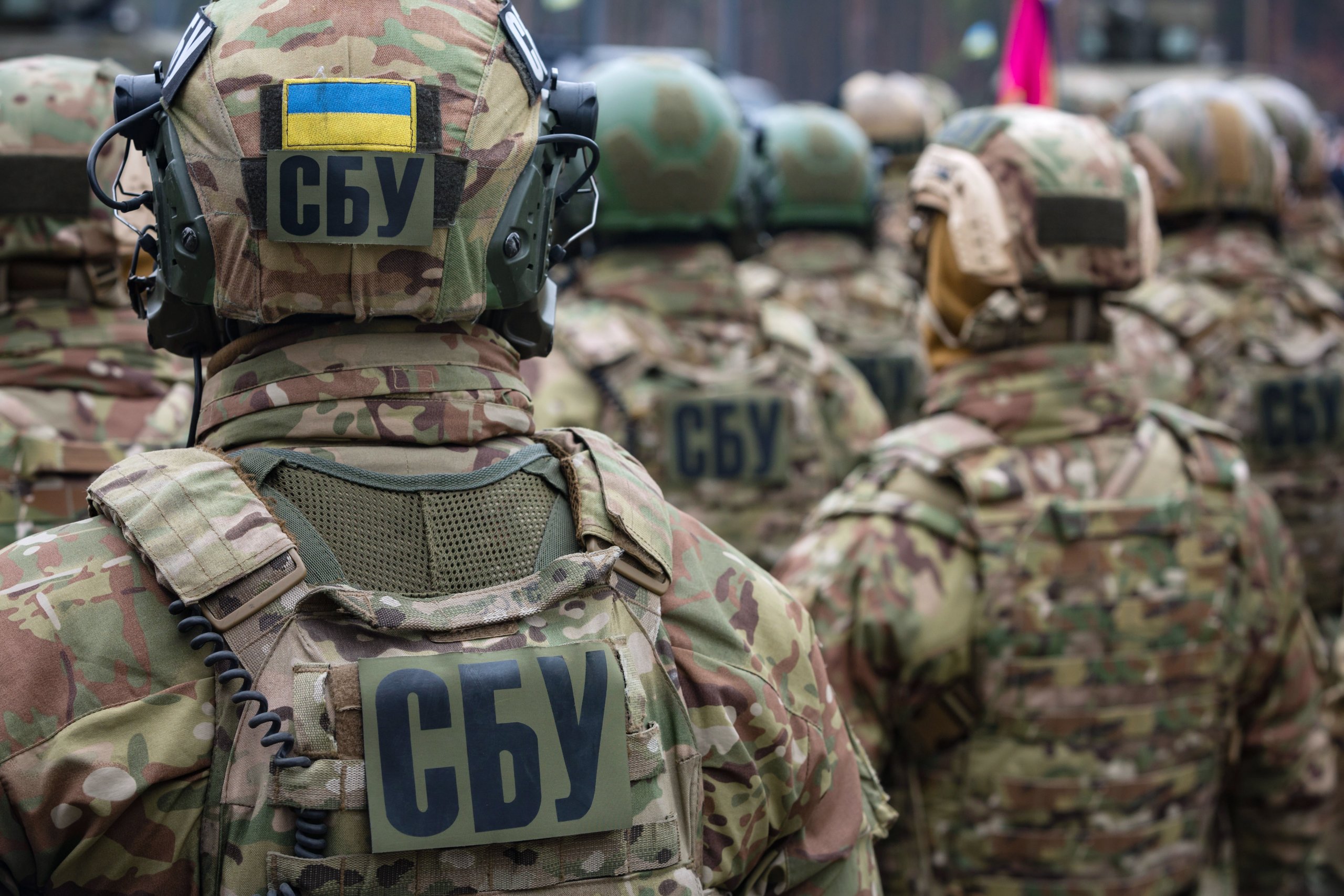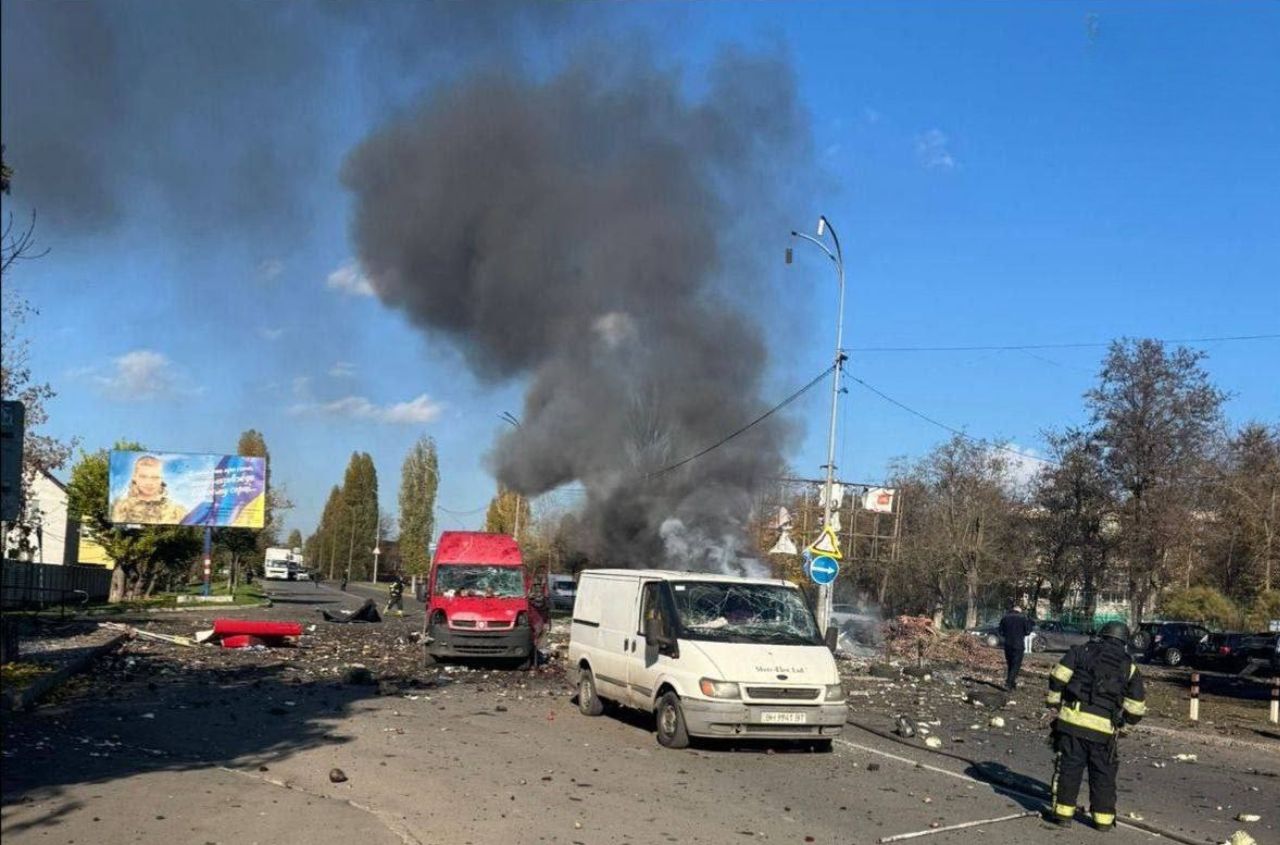Russia may be intensifying efforts to source ballistic missiles from abroad because these missiles appear to be more effective at striking targets in Ukraine in some circumstances. Russian forces routinely use short-range ballistic missiles to strike Ukrainian cities closer to the frontline, and these missiles appear to be more effective at penetrating or avoiding Ukrainian air defenses. Ukrainian air defenses have intercepted 149 of a reported 166 Russian cruise missiles in intensified attacks since December 29, 2023, but have only intercepted a handful of the ballistic missiles that Russia has launched at Ukraine in the same period, for example.
Russian forces have repurposed S-300 and S-400 air defense missiles for conducting strikes against surface targets in Ukraine, and Ukrainian officials have acknowledged that Ukrainian air defenses struggle to intercept these unorthodox missile attacks using their own S-300 and S-400 systems.
Ukrainian forces have also appeared to be less successful in intercepting Iskander ballistic missiles during recent strikes, although Ukrainian forces did intercept an Iskander-M missile during a less intense series of Russian missile and drone strikes on December 30.
Ukrainian forces reportedly intercepted all Iskander-M or S-300/S-400 missiles that Russian forces launched at Kyiv on December 12.
Ukrainian forces reportedly also intercepted all 10 Kinzhal missiles that Russian forces launched at Ukraine on January 2 with Western-provided Patriot systems.
The effectiveness of Russian ballistic missiles thus appears to depend in part on the configuration of Ukraine’s air defense umbrella in the target area and the strike package of which the missiles are part.
The relative success that Russian forces have had in striking targets in Ukraine with ballistic missiles in combination with cruise missiles and drones may be prompting an intensification of Russian efforts to source ballistic missiles from abroad. Russia can reportedly produce roughly 42 Iskander missiles and four Kinzhal missiles per month, although it is unclear how many S-300/S-400 missiles Russia can produce.
Russia‘s defense industrial base (DIB) likely cannot produce ballistic missiles at the scale required for a persistent strike campaign in Ukraine that relies on regularly expending a large volume of ballistic missiles, and Russia likely has to source ballistic missiles from abroad if it wishes to maintain large-scale missile strikes against Ukraine.



















